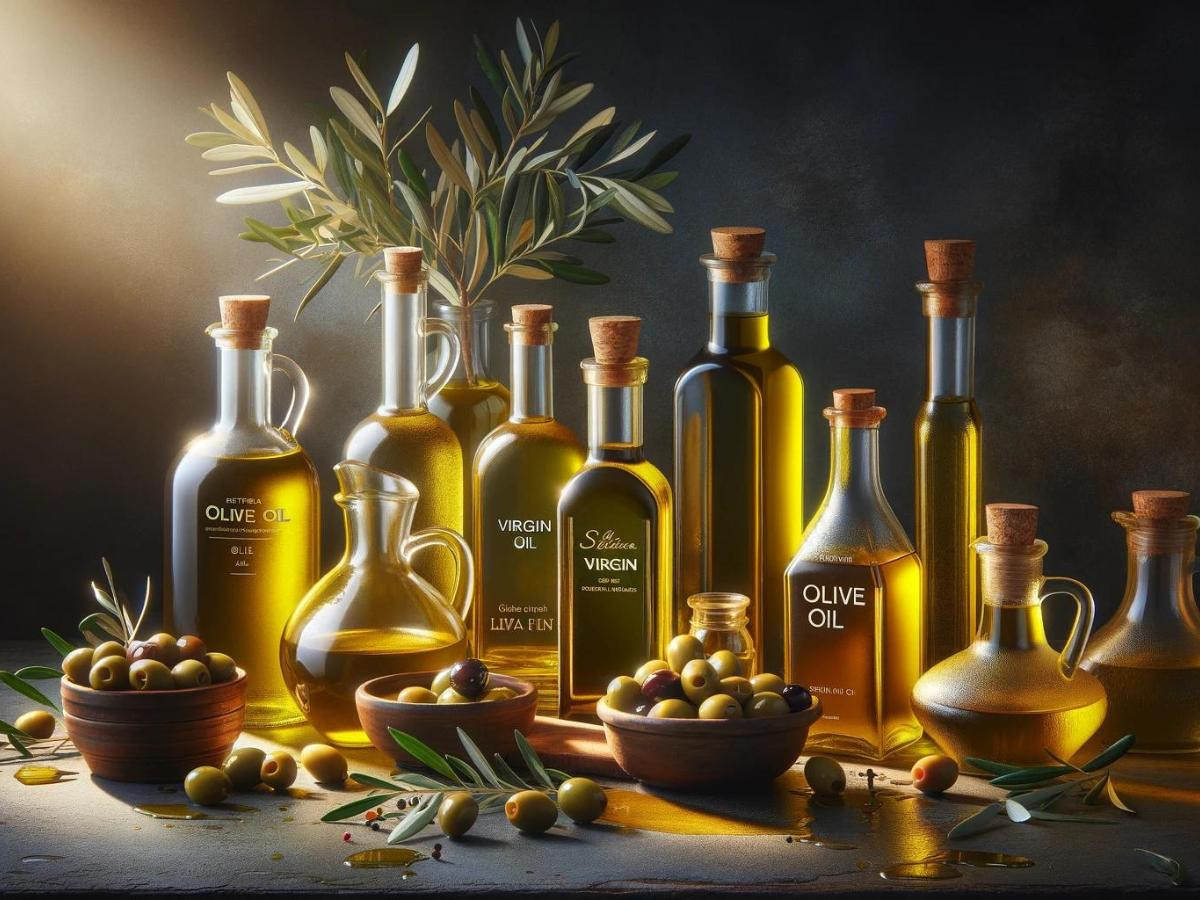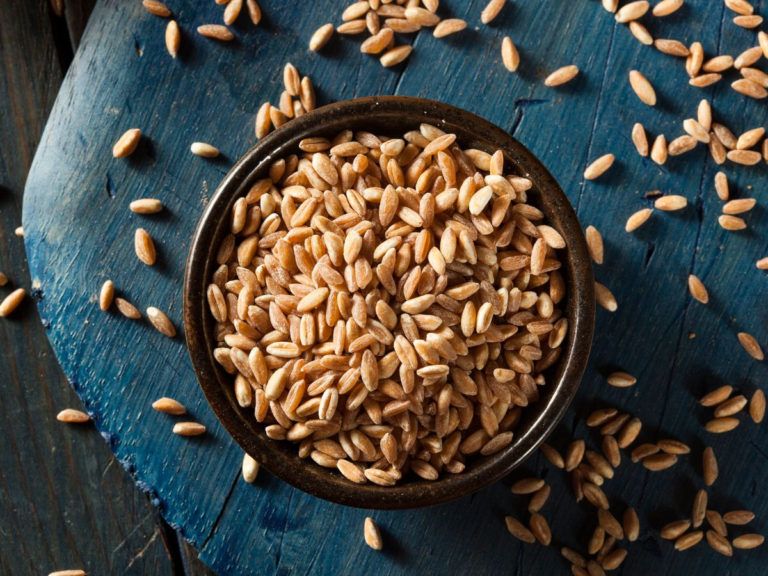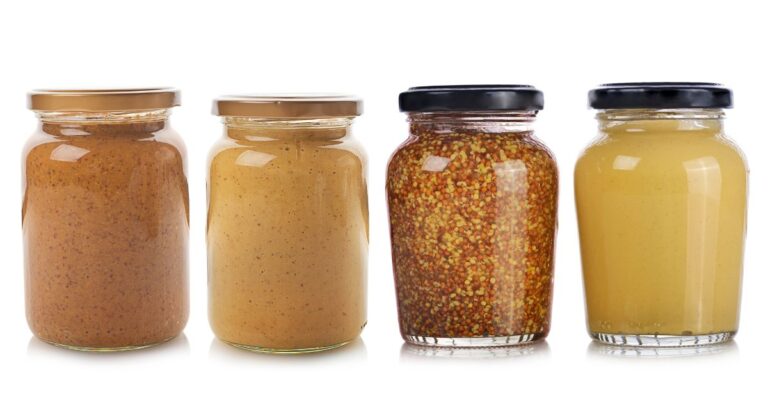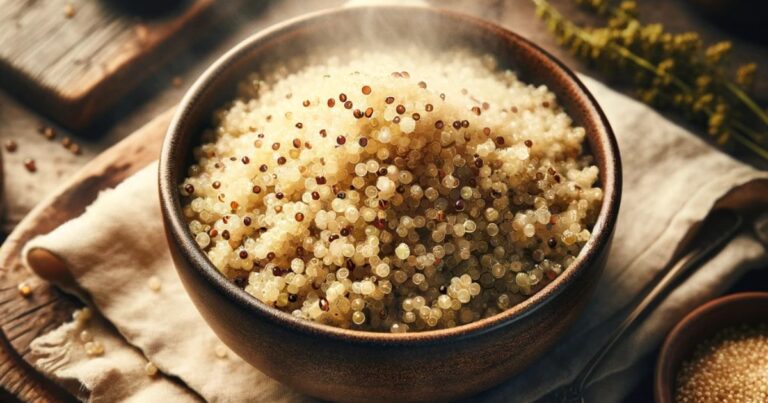Describing Every Flavor From Raw Olives To Green Olives
From the raw, unbridled bitterness of freshly plucked olives to the sophisticated, silky embrace of fine olive oil, we’re on a mission to give you the answer you’re looking for when you ask, “What Do Olives Taste Like?”. Suppose you’ve been trying to figure out the difference between a Kalamata and a Castelvetrano or what flavors are being created when you take a bitter raw olive and turn it into a delicious delicacy. In that case, you’re in the right place.

Have you ever been ambushed by the bold taste of an olive? Maybe it was at a dinner party, where you, feeling adventurous, picked one from a Mediterranean platter, only to find your taste buds in a whirlwind of surprises.
Olives can divide a room in a minute, yet it is when describing the rollercoaster of flavors, from your first tentative nibble of a raw olive to the moment you might fall in love with the rich, velvety taste of olive oil drizzled over your Caprese salad.
Growing up in a Sicilian family, olives were more than just food; they were part of our identity. From early childhood, I learned that not all olives are created equal. The ones my grandmother used to pick and cure herself had little in common with the ones I’d later find in supermarkets.
Whether you’re an olive lover craving the flavor of feta cheese-stuffed olives or someone who’s still on the fence about them, Join me as we explore the world behind the question, “What do olives taste like”? From the briny kick of a green olive to the smooth, mellow sweetness of black olives.
So, grab a fork (or a spoon, no judgment here), and let’s dig into the world of olives together. Who knows? You might discover your new favorite snack or end up with a monthly olive oil subscription box.
Table of Contents
What Do Olives Taste Like?

Do you really want to know what olives taste like? I think of it much like wine, coming through with an astonishing variety of flavors, textures, and colors, each influenced by the stone fruits, like the variety, where it’s grown, and the curing process, whether it’s canned olives or fresh olives and then also how they are prepared.
Let’s jump right into breaking down the taste and flavor profile of seven different varieties of olives, including raw olives, green and black olives, as well as the liquid gold we know as olive oil.
The Flavor Profile of Olives: A Spectrum of Taste
1. Raw Olives

Taste: Imagine the shock to your taste buds when they encounter the raw, potent bitterness of unripe olives straight from the olive tree. It’s a bold, unapologetic flavor, akin to the thrill of biting into a lemon, but with a woody, earthy backdrop.
Texture: Firm and robust, challenging your teeth with its meatiness.
Comparison: It’s like the espresso of the fruit world—intense, concentrated, and not for everyone.
2. Green Olives

Taste: Green olives tend to be the rebels of the olive family. Picked before olives ripen, they carry a vibrant, briny bitterness tempered by the salty embrace of their preservation process.
Texture: Crisp and firm, they pop in your mouth with a satisfying snap.
Noteworthy Varieties:
Manzanilla Olives: Mild and friendly, a gateway olive for the uninitiated.
Picholine Olives: A French variety that’s crisp with nutty undertones.
Castelvetrano Olives: Sweet, mild, and almost buttery, the olive that might just win over olive skeptics.
3. Black Olives

Taste: As green olives ripen and turn black, their flavor deepens, becoming smoother, richer, and less bitter. It’s a mature, sophisticated taste of sun-drenched groves and time-honored traditions.
Texture: Softer and yielding than their green counterparts, with a velvety finish.
Noteworthy Varieties:
Kalamata Olives: The superstar of the olive world, with a bold, fruity, tangy, and slightly sweet flavor.
Ligurian Olives: Delicate and mild, perfect for those who prefer a gentler olive experience.
Moroccan Dry-Cured: Intensely flavored, shriveled, and salted, offering a chewy texture and a deep, concentrated essence.
4. Kalamata Olives

Taste: A deep dive into the heart of Greek cuisine, Kalamata olives are the essence of the Mediterranean diet. Rich, fruity, and with a perfect balance of sweetness and acidity, they’re like a good wine—complex and memorable.
Texture: Meaty and tender, they almost melt in your mouth.
Fun Fact: Kalamata olives are not just a treat to the palate but a journey to the heart of Greek culture, embodying the spirit of the Mediterranean with every bite.
5. Castelvetrano Olives

Taste: If olives had a welcoming committee, Castelvetrano olives would be it. Their sweet, buttery flavor is disarmingly approachable, making them a favorite among olive lovers and the olive-curious.
Texture: Firm and crisp, with a fresh, juicy bite.
Why They’re Special: Castelvetrano olives are the peacemakers of the olive world, bridging the gap between the olive-averse and the olive-enthusiasts with their mild, crowd-pleasing nutty flavor.
6. Gaeta Olives

Taste: From the heart of Italy comes the Gaeta olive, offering a tantalizing blend of tartness, saltiness, and a whisper of bitterness. They’re the olives that whisper sweet nothings to your palate, promising complexity and satisfaction.
Texture: Tender to the bite, with a slight chewiness that makes each olive a morsel to savor.
Why They’re Unique: Gaeta olives are like the dark horses of the olive world, often overlooked but undeniably captivating once discovered, perfect for adding depth to salads and pasta dishes.
Olive Oil: Liquid Gold

Now, let’s turn our attention to a product of olives that has become as essential to the kitchen as the knife itself: olive oil.
This golden elixir, extracted from the fruit of the olive tree, carries with it not just the flavors but the very essence of the Mediterranean diet. It’s a staple that no kitchen, amateur or professional, can do without. Here’s why:
The Basics of Olive Oil
Taste and Flavor Profiles: The taste of olive oil can vary dramatically based on its grade, region of origin, and the olives used. From the robust, peppery notes of extra virgin olive oil to the mild, almost neutral flavor of light olive oil, a spectrum of taste experiences is waiting to be explored.
Types of Olive Oil:
Extra Virgin Olive Oil (EVOO): The crème de la crème of olive oils, characterized by its perfect balance of fruitiness, bitterness, and pungency. It’s the first press of the olives, offering the purest taste.
Virgin Olive Oil: A step below EVOO in terms of acidity and flavor, but still a high-quality choice for those seeking a less intense olive oil experience.
Refined Olive Oil: Lighter in color and milder in taste, this oil has been chemically treated to neutralize strong tastes and acid content.
Pure or Light Olive Oil: A blend of refined and virgin olive oils, it’s often lighter in taste and color, designed for cooking rather than finishing dishes.
Culinary Uses
Cooking: Olive oil is incredibly versatile, suitable for everything from sautéing and frying to baking. Its high smoke point, especially in the refined varieties, makes it a go-to oil for everyday cooking.
Finishing Touch: A drizzle of high-quality extra virgin olive oil can transform a simple dish into a gourmet experience, adding depth and complexity to salads, pasta, and desserts.
Health Benefits
Heart Health: Rich in monounsaturated fats, olive oil is a cornerstone of the heart-healthy Mediterranean diet. It is known for lowering bad cholesterol levels and reducing the risk of heart disease.
Antioxidants: Extra virgin olive oil is loaded with antioxidants and anti-inflammatory compounds, offering potential protection against various diseases, including cancer and Alzheimer’s disease.
Choosing the Right Olive Oil
Taste Test: Tasting is the best way to find your preferred olive oil. Look for tasting events or purchase small bottles of different varieties to discover what suits your palate and culinary needs.
Storage: To preserve the quality and flavor of olive oil, store it in a cool, dark place away from direct sunlight and heat, which can degrade its quality over time.
Olive oil is not just a cooking ingredient; it’s a cultural icon, embodying the spirit and flavors of the Mediterranean. Whether you’re drizzling it over a salad, incorporating it into a marinade, or simply dipping bread into it, olive oil adds a touch of luxury and depth to every dish it graces.
Conclusion: The Olive in All Its Glory
As we round off our flavorful journey through the world of olives and olive oil, it’s clear that these culinary treasures offer much more than just a taste experience.
The humble olive, in its many varieties and forms, invites us to explore and appreciate the depth and richness of flavors it brings to our tables.
I find it truly fascinating how something as small as an olive can hold such a vast array of tastes, textures, and culinary possibilities.
From the sharply immersing raw olives to the ever so delicious brine cured olives, each encounter with an olive is a step further into a rich culinary tapestry.
Experiment with different varieties, pair them with your meals, and even dare to taste them in their raw form or, my favorite, fresh herb oil-cured olives. You might find yourself on a surprising flavor adventure that changes your thoughts about olives forever.
Tips for the Olive-Curious
Start Small: If you’re new to olives, begin with the milder, buttery varieties like Castelvetrano or a light, fruity olive oil. These can be more palatable for those unaccustomed to the stronger flavors.
Pair Wisely: Olives and olive oil pair wonderfully with various foods. Try them with cheeses, in salads, or as part of a charcuterie board to appreciate their flavor fully.
Cook Creatively: Incorporate olives and olive oil into your cooking. Whether adding Kalamata olives to a Greek salad or finishing a dish with a drizzle of extra virgin olive oil, let their flavors enhance your meals.
The world of olives is as vast and varied as the cultures that cherish them. Each olive variety, each bottle of olive oil, promises new tastes, experiences, and culinary delights.
FAQ and Additional Information
Are olives an acquired taste?
Yes, olives can be considered an acquired taste for many people. Their unique flavor profile, which ranges from bitter and salty to fruity and tangy, may not immediately appeal to everyone’s palate.
The variety, ripeness, and preparation method influence olives’ taste, leading to a wide spectrum of flavors. Initially, the brininess and bitterness of certain olives might be off-putting to some, but over time, these flavors can become more appreciated and even craved.
As individuals explore different types of olives and how they are used in various cuisines, they often develop a liking for their complex taste.
Why do people eat olives?
People eat olives for a variety of reasons, encompassing taste, health benefits, cultural significance, and culinary versatility:
Flavor and Variety: Olives offer a wide range of flavors, from salty and briny to bitter, fruity, and even buttery, depending on the type and preparation. This diversity makes them appealing to many palates and suitable for various dishes and cuisines.
Health Benefits: Olives are rich in monounsaturated fats, antioxidants, and vitamins, contributing to heart health, reducing inflammation, and potentially lowering the risk of chronic diseases such as heart disease and cancer. Their nutritional profile makes them a favored snack for health-conscious individuals.
Culinary Uses: Olives are incredibly versatile in cooking and can be used in salads, pizzas, pasta, and garnishes for cocktails and dishes. Olive oil, extracted from olives, is a staple in kitchens around the world, prized for its flavor and health properties.
Cultural Significance: In many cultures, especially in the Mediterranean region, olives have been a dietary staple for thousands of years. They hold cultural and historical significance, often associated with peace, prosperity, and vitality.
Dietary Preferences: For those following a Mediterranean diet known for its health benefits and emphasis on plant-based foods, olives are a key component. They add depth and complexity to dishes without the need for processed ingredients.
Snacking and Appetizers: Olives are a popular choice for appetizers and snacks because they are flavorful, can be eaten with minimal preparation, and pair well with various cheeses and wines, enhancing the overall dining experience.
Overall, people eat olives for their unique taste, health advantages, versatility in cooking, and the cultural richness they bring to food traditions worldwide.
What tastes like an olive?
Nothing tastes exactly like an olive due to its unique combination of flavors, but certain foods share similarities with aspects of an olive’s flavor profile.
Capers, for example, mimic the briny, salty aspect of olives, making them a good comparison in their cooking use for a burst of salty, tangy flavor.
Anchovies also share the salty, umami qualities found in olives, providing a similar depth of flavor when added to dishes.
Additionally, pickled foods can emulate the acidic, vinegary character present in some olive varieties like green olives or black olives.
While these foods may resemble certain aspects of an olive’s taste, the distinctive blend of bitter, salty, and sometimes fruity or nutty flavors of olives stands unique in the culinary world.








I use Hostinger. As well as optimize my posts and pictures. And No Ads!! lol